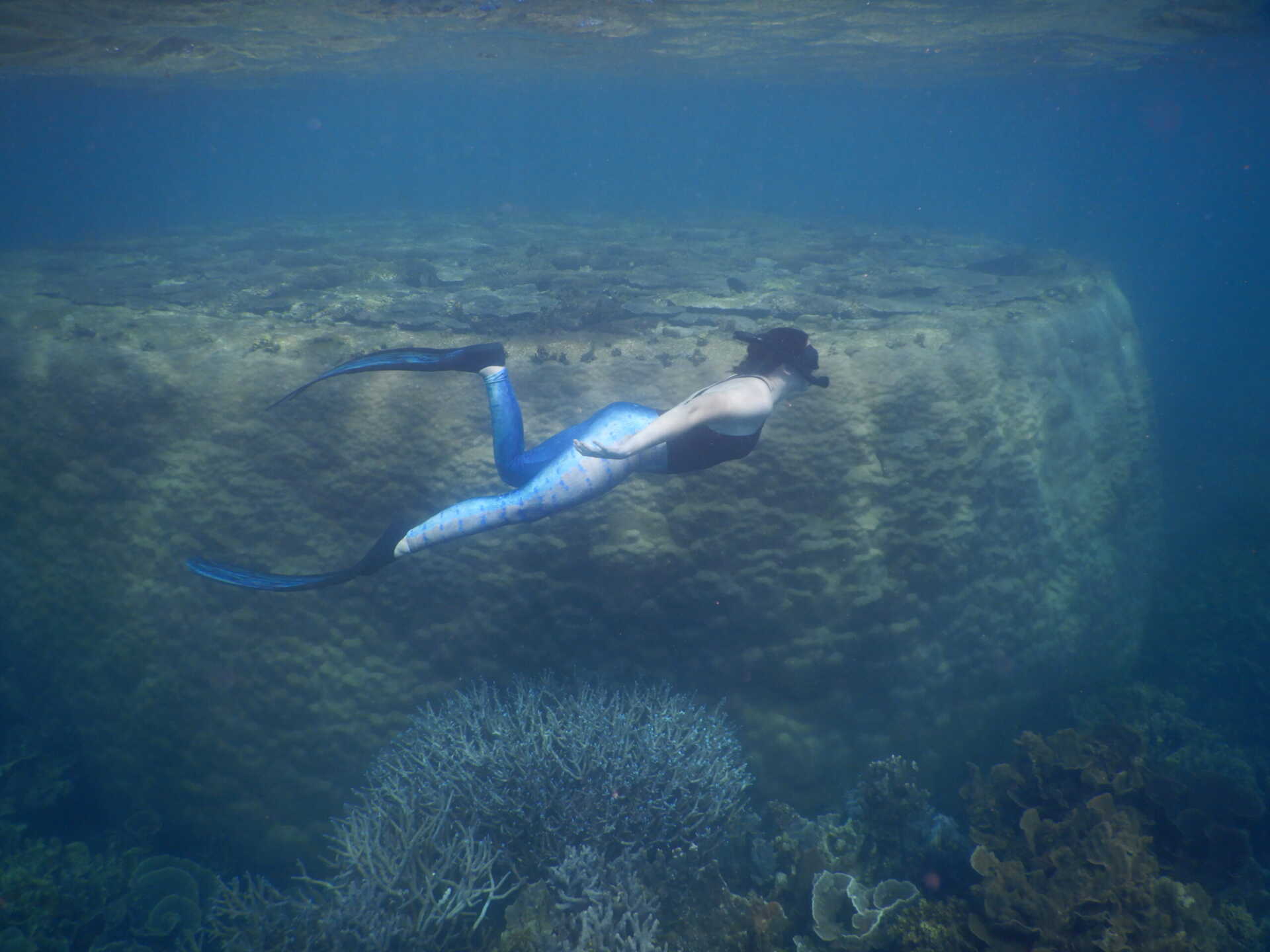Meet The Team – Abbie Taylor

We recently had a chat with Abbie Taylor for our next instalment of ‘Meet the Team’. Based in Bundaberg Abbie is our OzFish Project Manager for South East Queensland. She’s a powerhouse ready to lead, guide and inspire habitat restoration like never before. She believes in bringing all parties to the table to find proactive solutions that meet the challenges facing our fisheries.
WHAT IS YOUR ROLE AT OZFISH?
I am working with several OzFish volunteer chapters based across South East Queensland to manage projects and find new opportunities for OzFish volunteers to get involved in fish habitat restoration activities.
WHAT IS YOUR EXPERTISE AND EXPERIENCE?
I have a degree in Marine Science and have been fortunate enough to work as a marine biologist throughout my career. My honours degree was focused on the relationship between shore crabs and oysters in Moreton Bay.
After a few years of working in the lab and office, I was missing fieldwork, so I took a role at the Heron Island Research Station. I spent 4 years living on the island working in various scientific and management roles. This experience pushed me to my limits and taught me many practical life skills. I can fix plumbing leaks, service scientific equipment and drive a frontend loader.
This experience gave me an incredible understanding and appreciation about the fragility of the marine environment. Since leaving the island I have worked in streambank and habitat restoration.
WHICH AREAS DO YOU FOCUS ON? WHAT KIND OF HABITAT IS IN THIS AREA?
South-East Queensland is filled with diverse waterways and habitat. Many of my current projects are focused on riparian habitat. This is the wetland habitat adjacent to creeks and rivers.
This area is critical to protect and enhance and it provides many services for fish and other aquatic critters. Established vegetation in riparian areas will reduce sediment runoff and erosion, reduce water temperature by creating shade and provides shelter and food for some fish species.
SOMETHING INTERESTING PEOPLE DO NOT KNOW ABOUT YOU?
I love crabs! I have always loved crabbing and got the opportunity to study crabs as part of my honours thesis. I got to learn a lot about their behaviours. They are incredible creatures. This sparked a lifelong obsession.
PROJECTS YOU HAVE BEEN PART OF?
Before joining OzFish I worked on several projects such as; the Catlin Seaview Survey (aka Underwater Google Street View), where I was part of the logistics and analysis teams. I have also worked with a Regional NRM Body on large scale streambank restoration sites in the Burnett and Mary Catchments, saving 20-kilo tonnes of sediment entering the Great Barrier Reef.
PROJECTS YOU ARE CURRENTLY DOING?
I’m working on several exciting projects right now. The Look After Your Tackle project – we are doing clean-ups, helping with the Rig Recycle Program, and installing Tackle Bins at popular fishing sites throughout SEQ. My other projects are fish habitat restoration projects and include the installation of fish hotels and shellfish reefs, riparian revegetation, and saltmarsh monitoring.
WHY OZFISH?
After spending 9 years in the research sector, I got to learn about many issues impacting the marine environment, but I rarely got to see or be part of a solution.
OzFish have enabled me to be proactive and tackle habitat issues that impact our fisheries. OzFish provides a conduit and professional body to support local initiatives with local people to improve our waterways and coastlines, and as a result, improve fishing.
BEST FISHING EXPERIENCE?
Having lived on a coral cay in the Great Barrier Reef – I’ve had lots of epic fishing adventures but my most memorable would be one when I was 9. I was fishing in the Kolan River with my Dad and my Pop. We were using hand lines to chase whiting.
I hooked something (I thought) big. I tried to fight the fish, but the fish was so strong the line cut into my finger. I was in so much pain, I tossed the line at my Pop to pull the fish in. He landed a small trevally (20cm). I didn’t understand how something so small could be that powerful. From that moment I decided I wanted to study fish and become a marine biologist.


